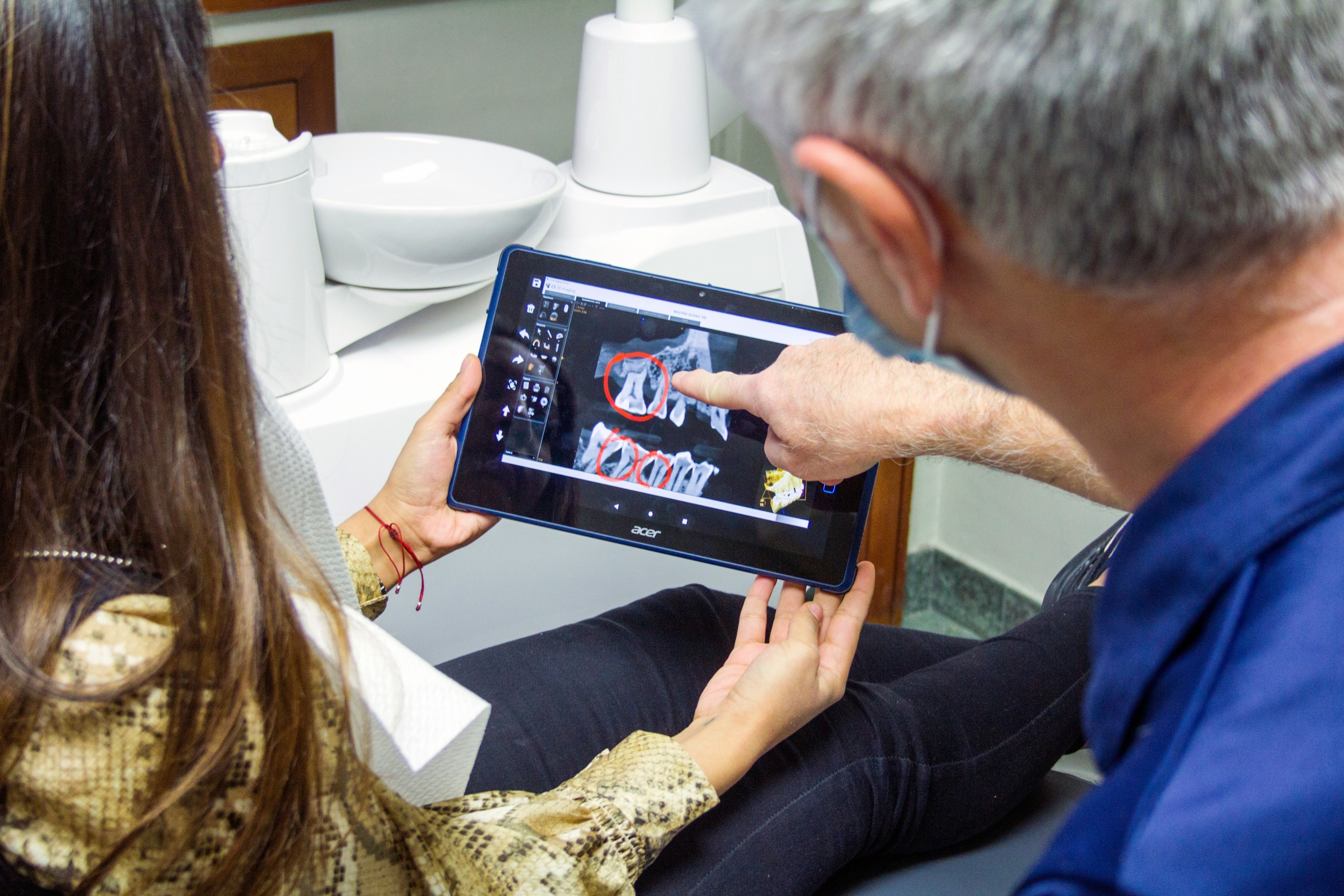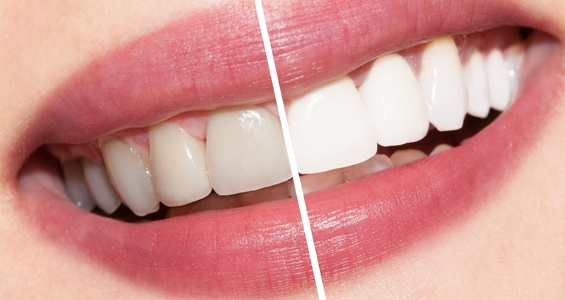Millions of people get dental sedation treatments to ease their anxiety or pain every year. But, the medications involved with these procedures can have a severe impact on your ability to drive.
This comprehensive guide explains the risks of driving after different types of dental sedation, how long you should wait before getting behind the wheel, and what alternative transportation options will keep you safe while you recover.
Key Takeaways:
- Never drive after moderate sedation, deep sedation, or general anesthesia
- Nitrous oxide (laughing gas) alone may allow driving after 30-60 minutes
- Even if you “feel fine”, effects can linger for 12-24 hours
- Always arrange transportation before your sedation procedure
- Driving against medical advice could result in accidents and legal consequences
Can I Drive After Receiving Dental Sedation?
The short answer is no, you shouldn’t drive after receiving moderate to deep sedation or general anesthesia. These drugs affect your reflexes, judgment, and alertness. Even if you feel okay afterward, they’re still in your system and impairing you.
That’s why most dental offices require patients to bring a responsible adult to drive them home after sedation procedures.
Why Is Driving After Dental Sedation Dangerous?
Driving requires coordination, quick decision-making, and alertness. Dental sedation impairs these abilities. Whether you’ve had IV sedation, oral conscious sedation, or general anesthesia, they’re still affecting your nervous system long after the procedure.
Sedatives can:
- Slow your reaction time
- Cause drowsiness or confusion
- Impair depth perception and judgment
- Make it harder to concentrate
While some people report feeling “fine” shortly after sedation, this is misleading. Sedative drugs can linger in your system and continue to affect you without obvious symptoms.
Driving under these conditions increases your risk of accidents, injuries, and legal consequences.
How Long Should You Wait To Drive After Each Type Of Dental Sedation?
The amount of time you should wait before driving depends on the type of sedation you received. Let’s look at the sedation levels defined by the American Dental Association:
Nitrous Oxide (Minimal Sedation)
Minimal sedation involves mild medications like nitrous oxide or a single oral sedative. Your dentist may let you drive home if only nitrous oxide was used, and completely wore off. If any other sedatives were used, you won’t be able to drive.
You may be cleared to drive within 30–60 minutes, if no other sedatives were used.
Oral And IV Moderate Sedation
Moderate sedation, often called “conscious sedation,” uses oral medications (like benzodiazepines) or IV drugs. You’re still awake but groggy and slowed, with your memory, coordination, and reflexes.
Typical wait time: At least 12–24 hours. You will need someone to drive you home.
Deep Sedation And General Anesthesia
With deep sedation and general anesthesia, you’re not fully aware of your surroundings. You may not respond to verbal cues and often need someone to monitor your breathing and heart function.
Typical wait time: 24 hours minimum. You cannot drive, work, or operate heavy machinery during this period.
Is It Safe To Drive If I Feel Fine After Sedation?
No. Feeling “normal” is not an accurate assessment of your fitness to drive. Sedation safety guidelines from the American Dental Association and the American Society of Anesthesiologists state that sedative effects can persist after the grogginess fades.
These hidden effects may include:
- Subtle delayed reflexes
- Clouded decision-making
- Overconfidence in your ability to operate a vehicle
Driving after sedation could result in accidents, legal penalties, or denied insurance claims if you’re found impaired after an accident.
What Transportation Alternatives Are Safe After Dental Sedation?
If you’re undergoing any form of sedation stronger than minimal nitrous oxide, arrange transportation in advance. Most dental offices won’t release you unless a responsible adult is present.
Here are your safe transportation options:
- Ask a friend or family member to drive you and stay during the procedure
- Hire a rideshare driver (e.g., Uber or Lyft)
- Use a medical transport service if needed
- Arrange for a taxi with help getting to your door
- Schedule a non-emergency medical transport service
Don’t take public transportation alone, walk home, or try to “wait it off” in a parking lot.
How Do I Know What Type Of Dental Sedation I’m Receiving?
If you’re unsure about the type of sedation your dentist plans to use, ask during your consultation. Knowing this in advance helps you plan transportation, recovery time, and post-procedure care.
Here are the common types of sedation dentistry:
Nitrous Oxide (Laughing Gas)
- Inhaled through a mask
- Mild, short-acting sedative
- Usually safe to drive afterward if used alone
Oral Sedation Medications
- Pills like diazepam or triazolam
- Effects range from mild to moderate
- Driving is not allowed
Intravenous (IV) Sedation
- Administered intravenously
- Fast-acting and often more profound
- Driving is strictly prohibited
General Anesthesia
- You’ll be unconscious during the procedure
- Requires breathing support
- You cannot drive or make any major decisions for the next 24 hours
What Are The Consequences Of Driving Against Medical Advice?
Driving after sedation puts you and the people around you at risk. Here’s what could happen if you ignore your dentist’s post-op instructions:
- Impaired driving: Police may charge you with driving under the influence if you cause an accident.
- Delayed response time: You may be unable to stop in time or react to traffic changes.
- Legal and financial consequences: Your insurance may deny coverage if you were driving against medical advice.
- Medical complications: Fatigue or drowsiness may increase your risk of falling asleep at the wheel.
Worst of all, if you’re involved in a crash, your slow reaction time could harm someone else.
Can I Return To Work Or School After Dental Sedation?
No, especially after moderate or deep sedation. Your body needs time to recover, and your cognitive function will not be back to normal right away. You may feel sleepy, dizzy, or off-balance for several hours.
Dentists usually recommend:
- Taking the full day off from work or school
- Avoiding any activities that need alertness (like cooking, childcare, or important decisions)
- Resting in a safe, comfortable space until the sedative wears off completely
What Should I Do If I Need Emergency Dental Sedation?
If you’re receiving sedation for an urgent or emergency dental procedure, you still need a safe way to get home. Emergency sedation guidelines prohibit driving until the medication has fully worn off.
When you’re sedated for dental trauma, infection, or surgery, you might be on extra medications that impair your ability to drive even further, like pain relievers or antibiotics that cause drowsiness.
Post-Sedation Driving Safety FAQs
Can I Take Public Transportation After Sedation?
No, you need a responsible adult with you. Taking a bus or subway alone is not considered safe or acceptable discharge protocol.
Can I Drive After Nitrous Oxide Only?
If nitrous oxide is the only sedative used, and it’s fully worn off before you’re discharged, your dentist may clear you to drive. Keep in mind that they make this decision on a case-by-case basis.
What If I Have No One To Drive Me Home?
Contact your dentist before the procedure. Some practices may reschedule the appointment if you arrive without a ride. Others may allow rideshare or medical transport options with prior approval.
How Will I Know When I’m Cleared To Drive Again?
Your dentist will explicitly tell you whether you’re cleared to drive after sedation. If you’re unsure, always assume the answer is no and arrange alternative transportation.
Always Let Someone Else Drive
Driving after sedation dental treatment is never worth the risk. Even if you feel alert, sedatives can stay in your system and affect your ability to react safely.
Whether you’re receiving IV sedation, oral sedation, or general anesthesia, plan ahead and avoid driving for at least 12–24 hours.
Always follow your dentist’s post-sedation instructions, arrange a ride home, and give yourself time to rest and recover. It’s a small step that can prevent serious consequences.
Resources:




